Arguably one of the most famous volcanoes in the ancient world, Mount Etna in Sicily is a still active volcano that plagued its nearest metropolis Catania throughout history. Rising to 3,329 meters in height with a 150 kilometers circumference at the base, it is a still active stratovolcano with four distinct craters on its summit. In Greek Mythology, Typhon, who tried to kill all the Olympians, was trapped under this mountain. Visiting the volcano was the main focus of our stay at Catania and we booked ahead for a day trip to visit this geological site.
- See my full Italy series and itineraries here
Contents
Mount Etna Geology
Its formation is a result of the convergence of the African and Eurasian Plate (same as Stromboli, which is still live, too, and the dead volcano at Vulcano), with the African plate being actively pushed under the Eurasia plate, which also created the Alpine-Himalaya Mountains to the north.
It is the tallest active volcano in Europe as well as being one of the most active volcanoes in the world. The first volcanic activities occurred about 500,000 years ago when this part of the Sicily was still submerged under the sea. The main edifice was built around 170,000 years ago.
Mount Etna tours
We booked a day trip from Catania to Mount Etna on our last day in Sicily. It’s labelled as the Mount Etna-Alicantara tour. We booked through a local agency – however to avoid getting the wrong information it’s best to book through the official website of Etna Sicily Touring.
Lava field
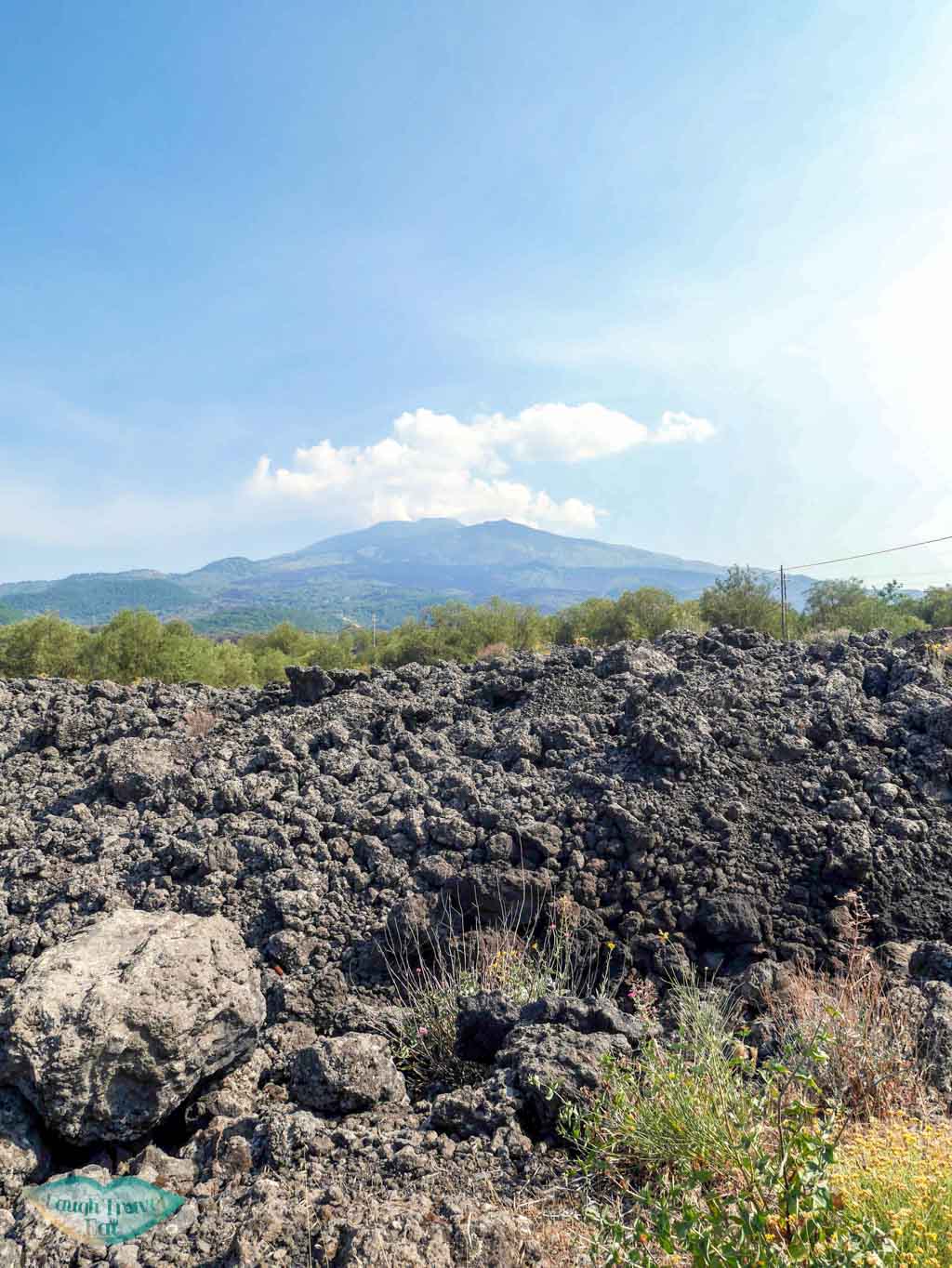
We stop first at a lava field some distance away from Catania. The eruption style of Mount Etna varied; you can see the lava at the bases which are rugged and grey – these are AA lava and form from the least viscous form of magma which is basaltic. These were the ones that we see, and continue to see on our way up to the cable car center on Mount Etna. In fact, it had destroyed the road up there several times.

Mount Etna is also capable of explosive eruptions that produce pyroclastic material, therefore it’s heavily monitored.
If I am to be completely honest, Stromboli is a much better experience than seeing Mount Etna. Due to its size, nature, and popularity, in order to see the active summit of Mount Etna, you will need to go up via a cable car that looks exactly like a ski lift for an extra 30 plus Euros. So instead, we walked around at the highest level accessible by road and admired the view.
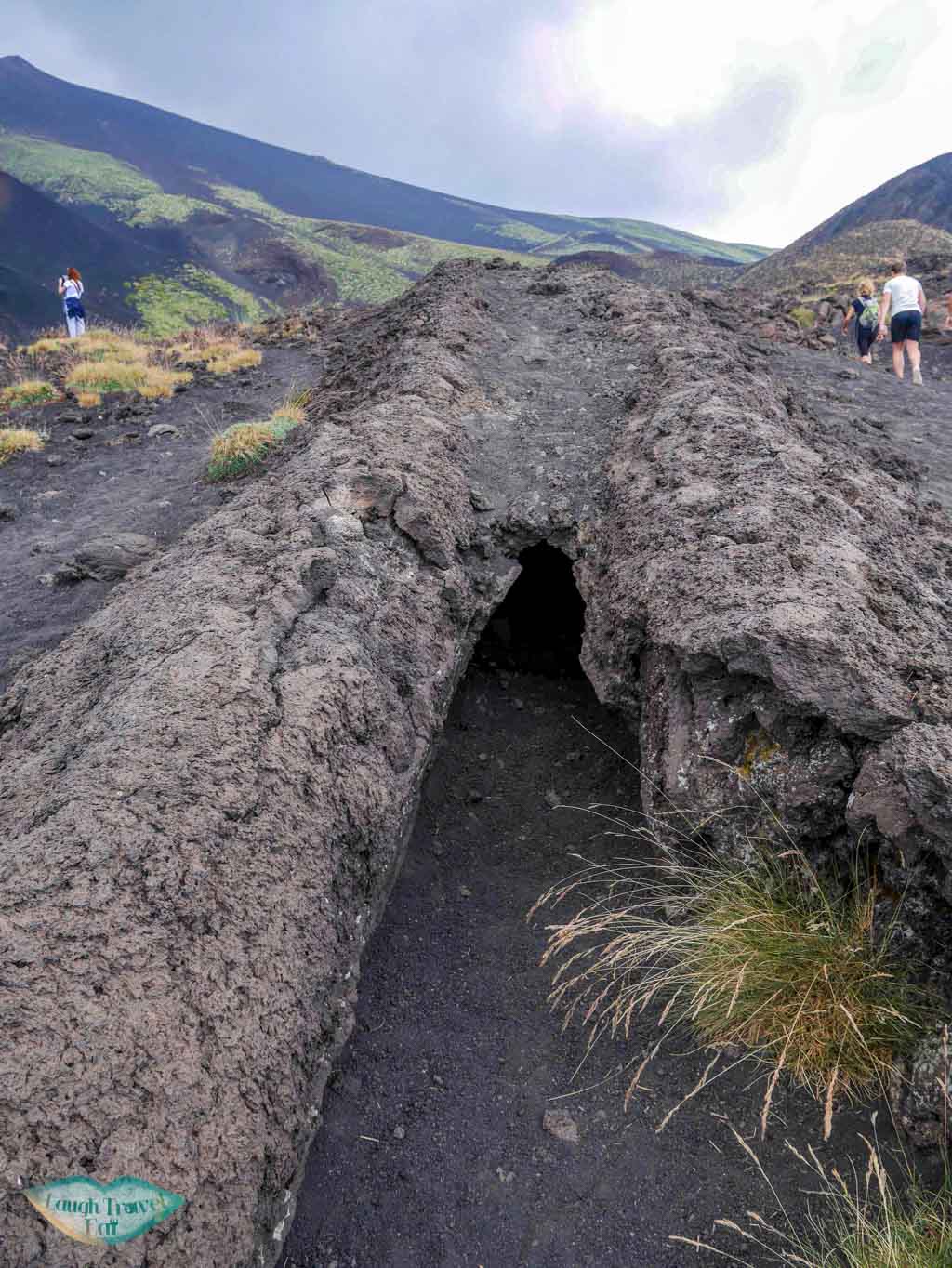

There really isn’t much to see, aside from a few small, extinct craters, lava tubes, and flora.
Lava tube cave
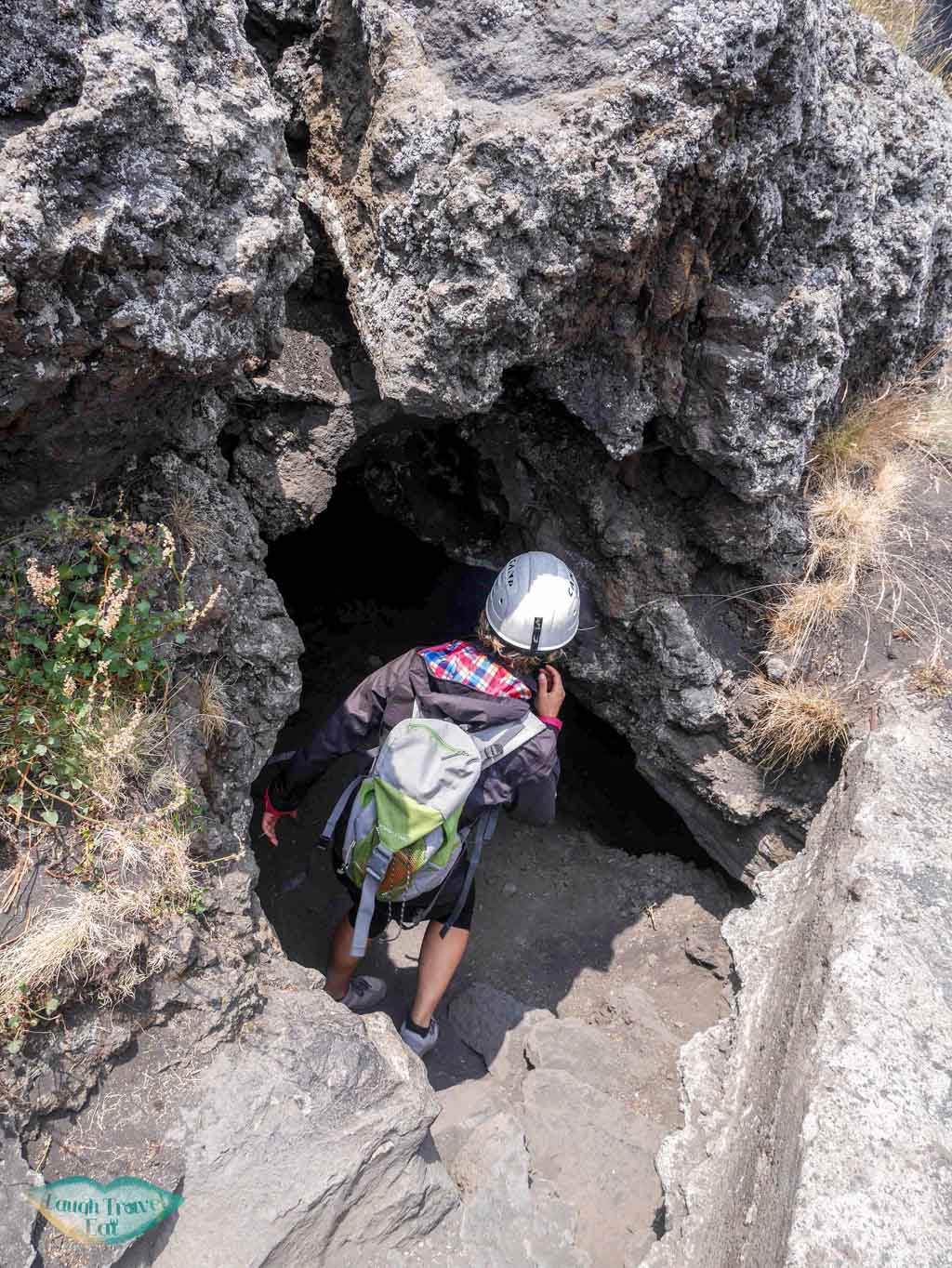
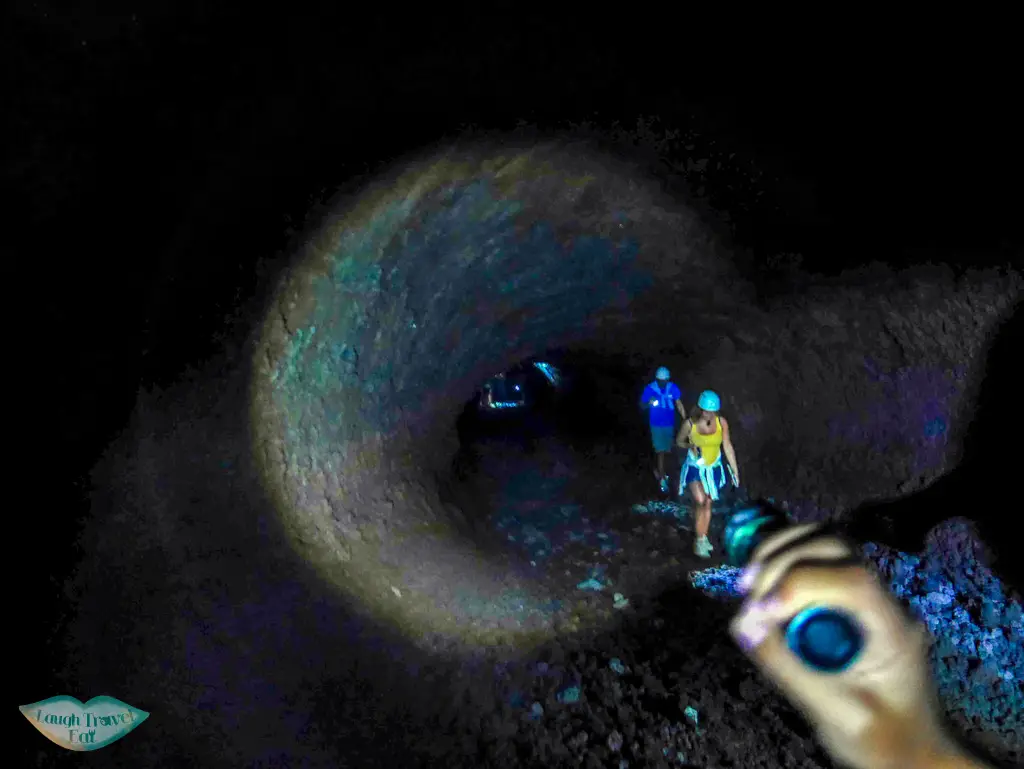

Donning on a hard hat and bearing a torch, you will go down to the eerily cool lava tube cave. It’s created due to the exterior of the lava flow cooling faster than the interior, solidifying and hardening while the inside continued to flow leaving it empty. Our guide explained a few geological features to us, seeing as how it would take us forever to locate any features in the dark. There’s the step marks that tell you the depth of lava flow, as well as stalactite known as lavacicles which, although small, were visible.
Honestly – the verdict is that if you are not particularly set on going, I would suggest skipping it altogether and opt for Stromboli instead.
Alcantara Gorge
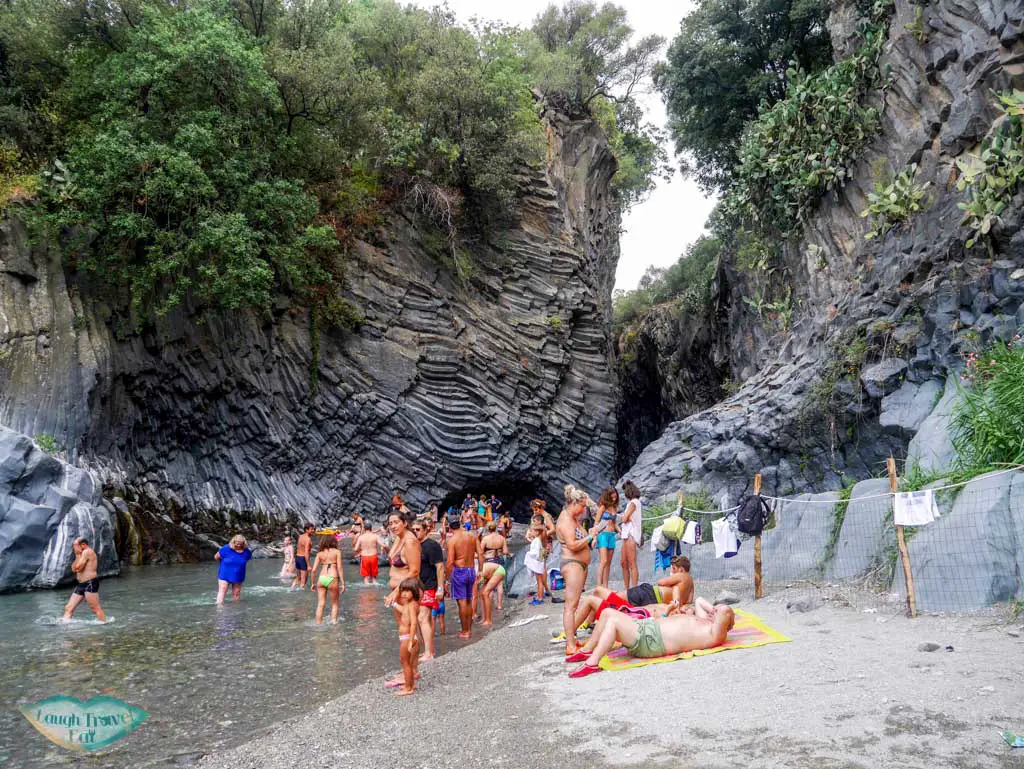
In my opinion, the real highlight of the Mount Etna day trip is the Alcantara Gorge. As part of the tour, we entered to the gorge and descended a long staircase to the bottom of the gorge. Incised by the river of the same name, the rather unusual columnar basalt rocks are curved and look almost surreal. It took my breath away and I couldn’t look at the rocks enough.
The water there was extremely cold – in fact, it was so cold that my feet couldn’t deal with it at first. Since we didn’t wear swimsuit and didn’t want to get hypothermia, we waded out as far as we could to admire the narrower part of the gorge upstream before eating our lunch by the sandbanks right in front of the stairs.
The Gurne

We then moved to another section of the Alcantara River, where the river carved some beautiful rock pools in the lava rock. We were lead there by our tour guide, who told us that this is her favourite spot of the tour and I could see why.

The lava here was rounded and smooth, creating yet another surreal landscape with beautiful blue water and mini waterfalls. There were barely anyone here, a stark contrast to the Alcantara Gorge and Mount Etna, giving us some nice breathing room. You can swim in some of the bigger rock pools, although once again, the water was too cold.

Pin me! 
Pin me! 

Pin me!


 中文 (香港)
中文 (香港)
















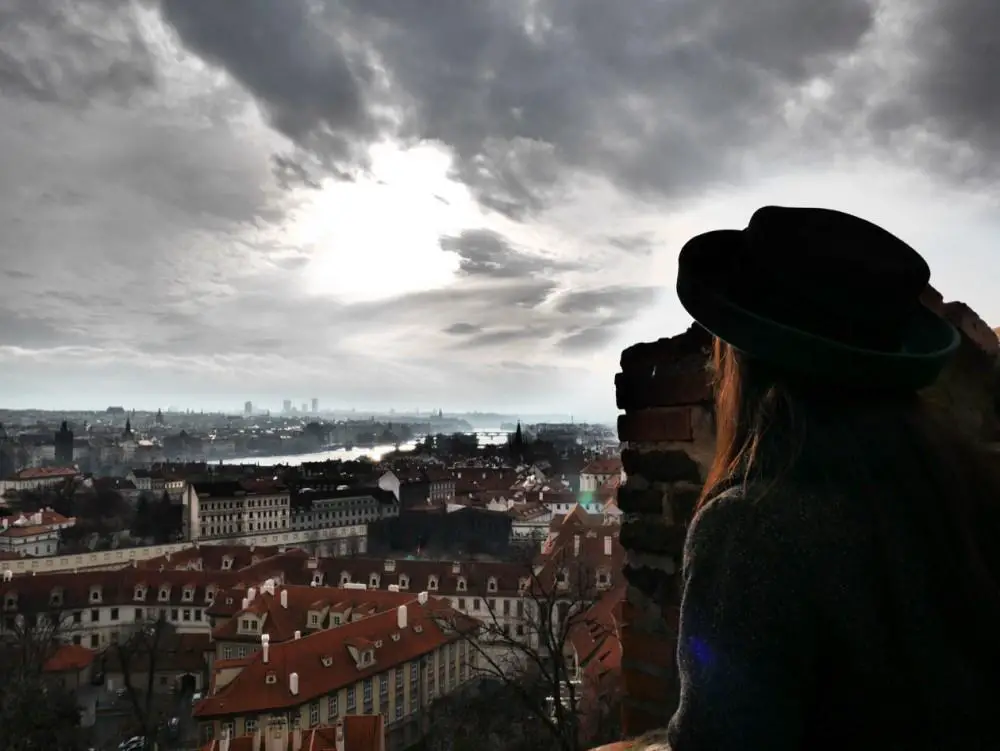


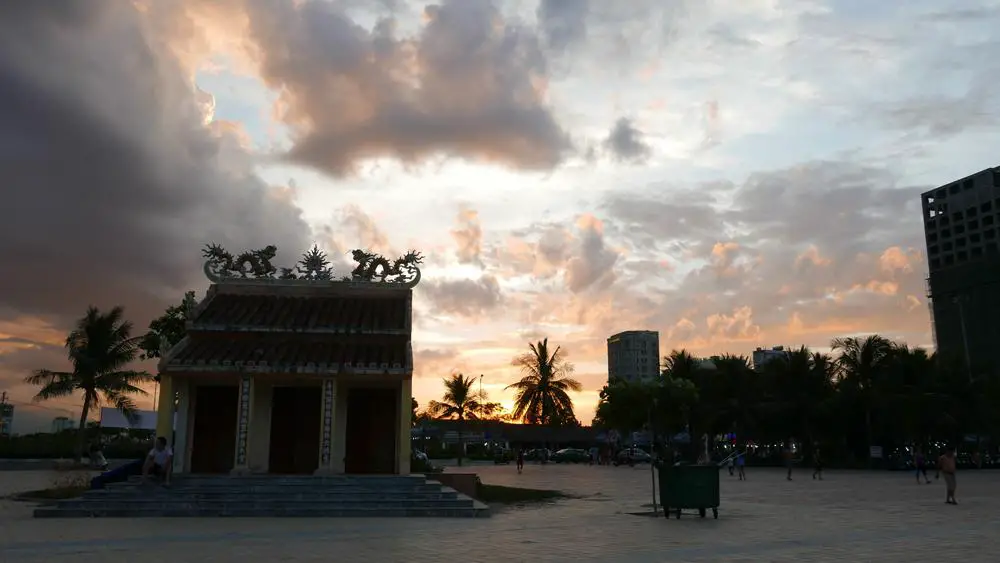











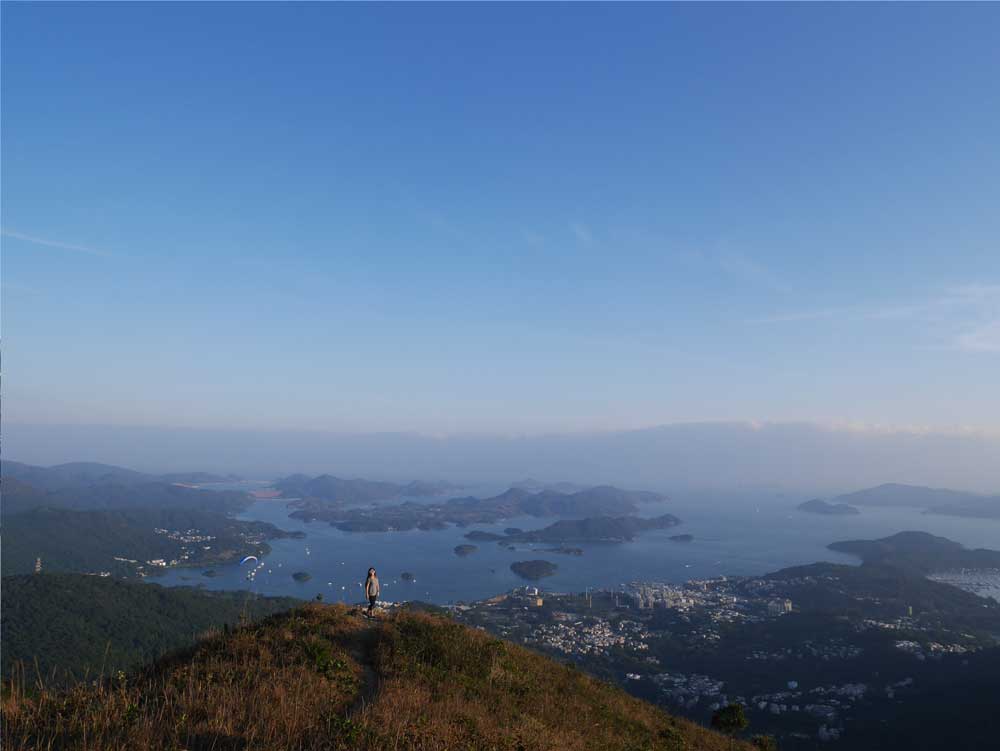

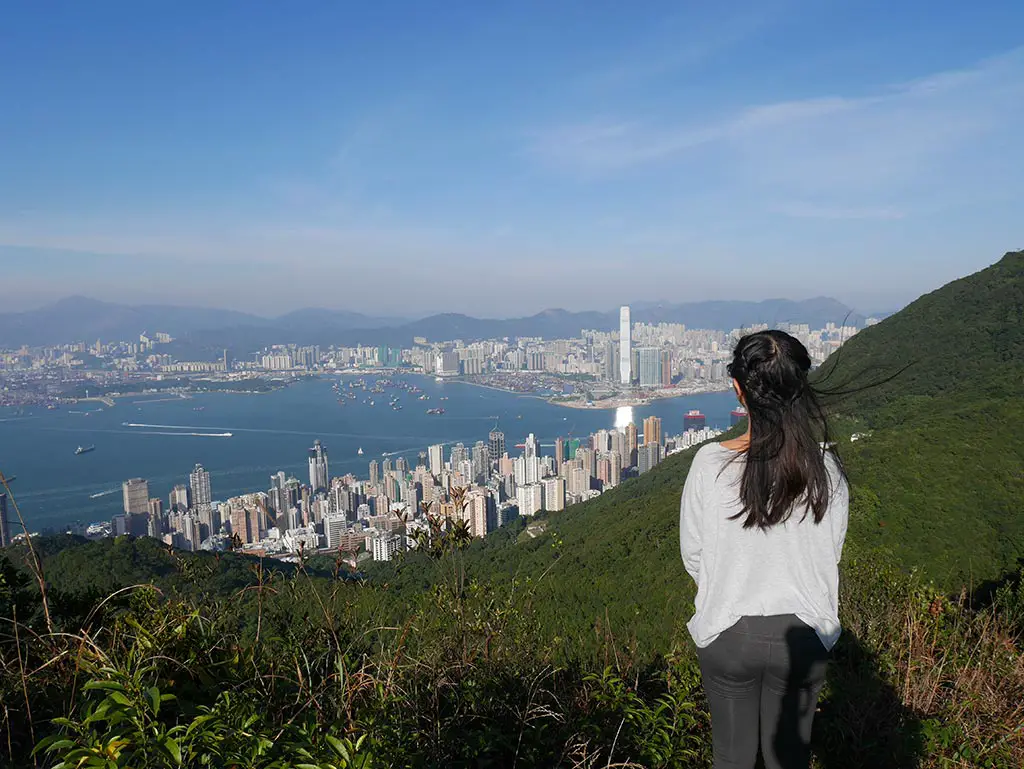

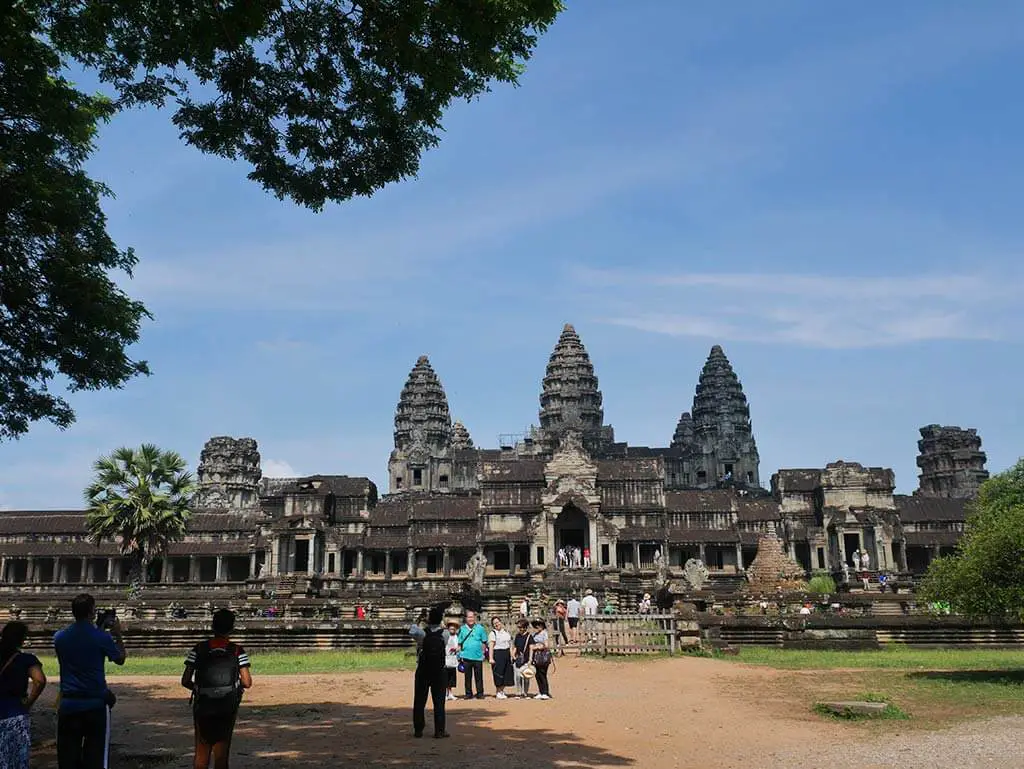


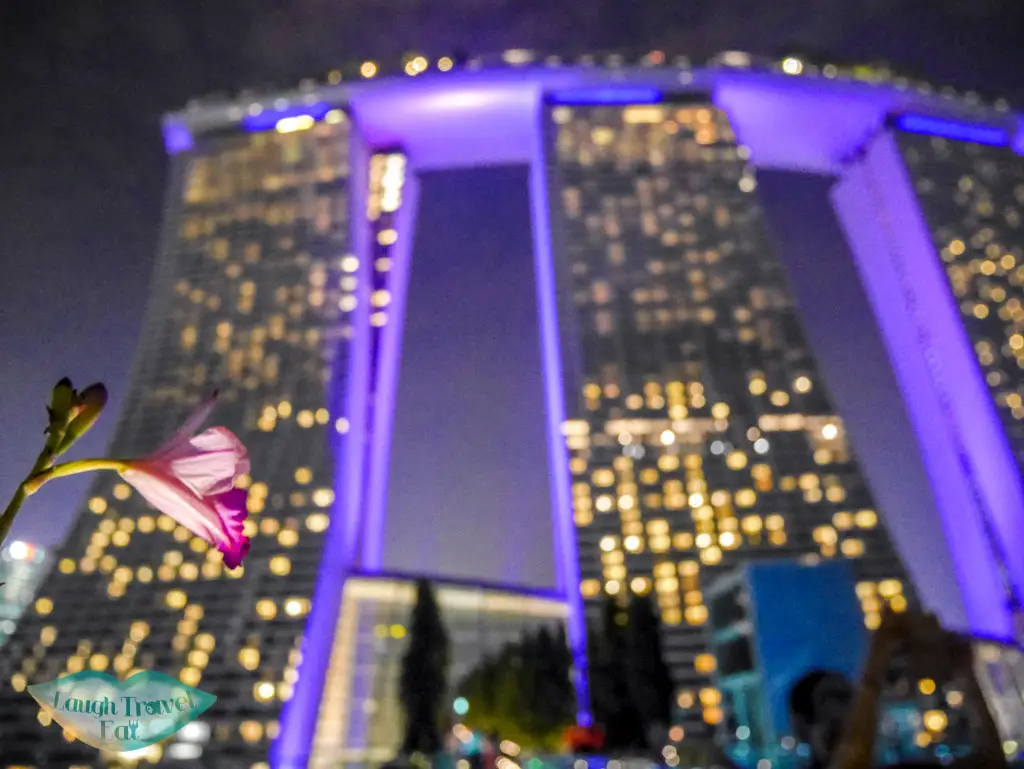
This looks like such a fun adventure, Nam! The photos of the gorge are impressive, definitely adding this to my ever-growing list of places to see in Europe!
Thanks Jessica 🙂 There is just too much to see in Europe and too little time and money 🙁 but one cannot resist the history and charm of Italy!
Thanks for this very useful information travel you’ve shared, the place is very fascinating I would just like to know if how much is the tour guide per person? Thanks in advance.
Hi Liz,
Sorry for the late reply. We paid 83 USD per person through a tour company website. But my advice is to seek our a tour when you land there – because we were told lunch would be provided, but it wasn’t the case.